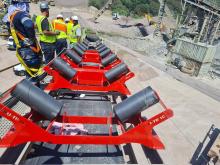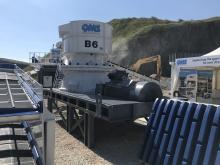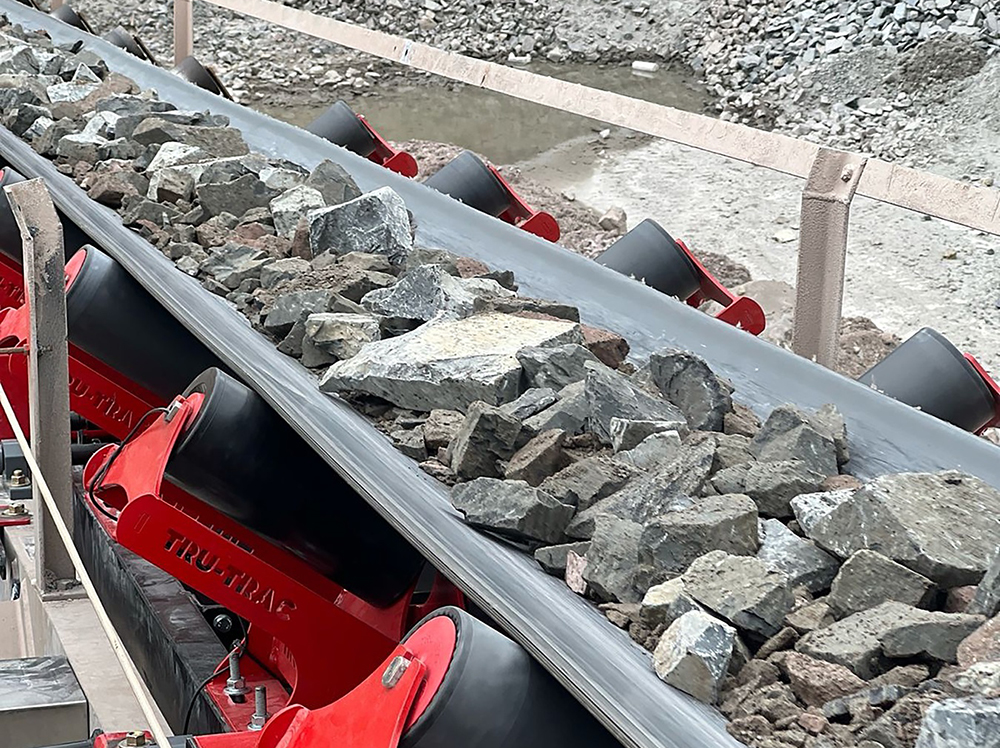
“The ability to measure moving material in real time allows mines to monitor their mass balance and to ensure that the correct volumes are being fed by conveyor into various plant functions, for instance,” says Tinus Ludik, Sales Manager Bulk Materials Handling at Tru-Trac. “Operating under demanding conditions, belt scales must ideally remain not only functional but accurate – which is why we have developed solutions which stand out in terms of quality, repeatability and accuracy.”
Ludik notes that belt scales can also become less accurate over time, so there needs to be regular calibration to ensure that any extreme deviation is quickly rectified. When accuracy errors are high, a plant is prevented from operating at optimal productivity as plant operators can never be sure whether they are overloading critical equipment like mills.
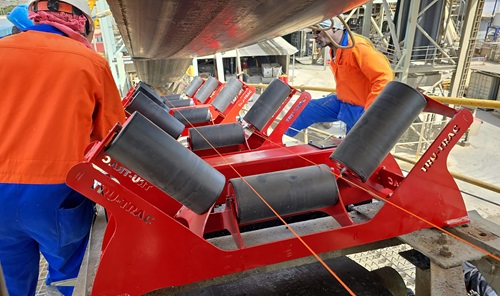
“To avoid these risks, Tru-Trac’s range of belt scales are designed and manufactured to the highest standards, so operators can be confident of the readings they receive,” he explains. “This allows plants to operate at their highest efficiencies, with reliable data being provided for decision making.”
The company’s offering ranges from its TTR SI-2 single idler belt scale system to the TTR DI-4 dual idler belt scale system, and on to the top of the range TTR FI-4 belt scale system with a four-load cell design. Equipped with high precision load cells and a fully floating weigh frame, the mid-range TTR DI-4 achieves accuracy errors of below 0,25%. It integrates seamlessly with Tru-Trac’s remote monitoring system.
“Our flagship TTR FI-4 system boasts a fully floating pivotless weigh frame and four-load cell design, making it ideal for critical control point applications and high-precision demands,” he explains. “With an achievable accuracy margin under 0,1%, it sets industry standards in metallurgical accounting.”
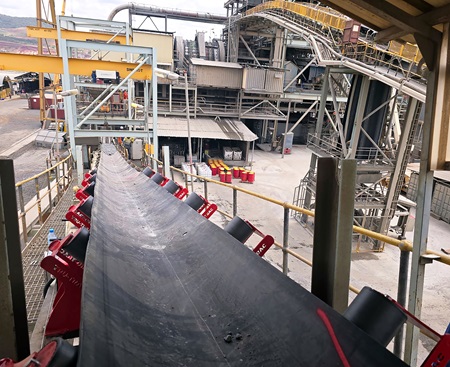
Every application requires its own assessment and solution, says Ludik, starting with the belt speed. He points out that faster speeds give the belt scale less time to assess the weight on the belt, and it is best to allow at least one second to achieve a reliable reading. The company’s rapidly growing installed base of belt scales includes installations at large plants with up to 150 belts in a single operation.
Demand has already extended well beyond the borders of South Africa, with Tru-Trac belt scales at work in Namibia, Zimbabwe, Mali and Tanzania – and sales increasing to Zambia, Botswana, Mozambique and Ghana. International distribution of scales in regions such as Southeast Asia is also demonstrating promising demand for the Tru-Trac range of belt scales.
The robust and shock absorbent load cells are locally produced, and Tru-Trac holds extensive stock to ensure quick replacement whenever necessary. The integrator for each unit is well protected within a stainless steel housing for corrosive environments. Enclosures are designed to ingress protection (IP) ratings of 65 or higher to keep out dust and moisture.
“With our focus on quality, we are also excited to be underway with the process of accrediting our belt scales with the South African National Accreditation System (SANAS) through the National Regulator for Compulsory Specifications (NRCS),” he says.
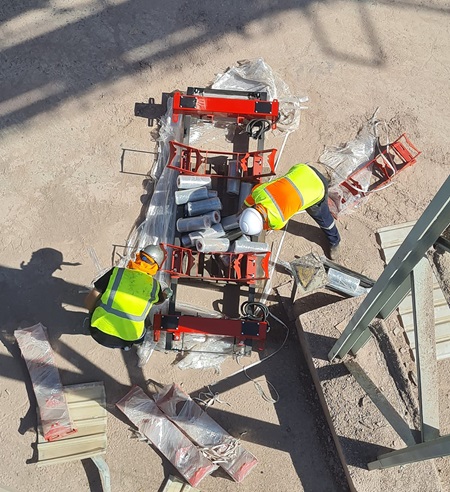
He emphasises that regular maintenance and calibration is vital, and Tru-Trac offers support to do this, as well as guidance on the steps and intervals. Weekly or fortnightly calibration is advised, and the company provides the necessary training to staff on site wherever required. The well equipped training facility at Tru-Trac’s factory near Pretoria includes an operational 18 m conveyor on which its belt scales are installed. Specialised training is supplied to customers by the company’s experienced team.
“We have all the communication protocols available, so our belt scales can link to the mine’s PLC or SCADA systems,” he notes. “This allows seamless monitoring of key indicators such as totalised weight, belt speeds, load cell voltages, tonnes per hour and kilograms per metre; the data that can be reflected is also highly customisable according to the customer’s needs.”

